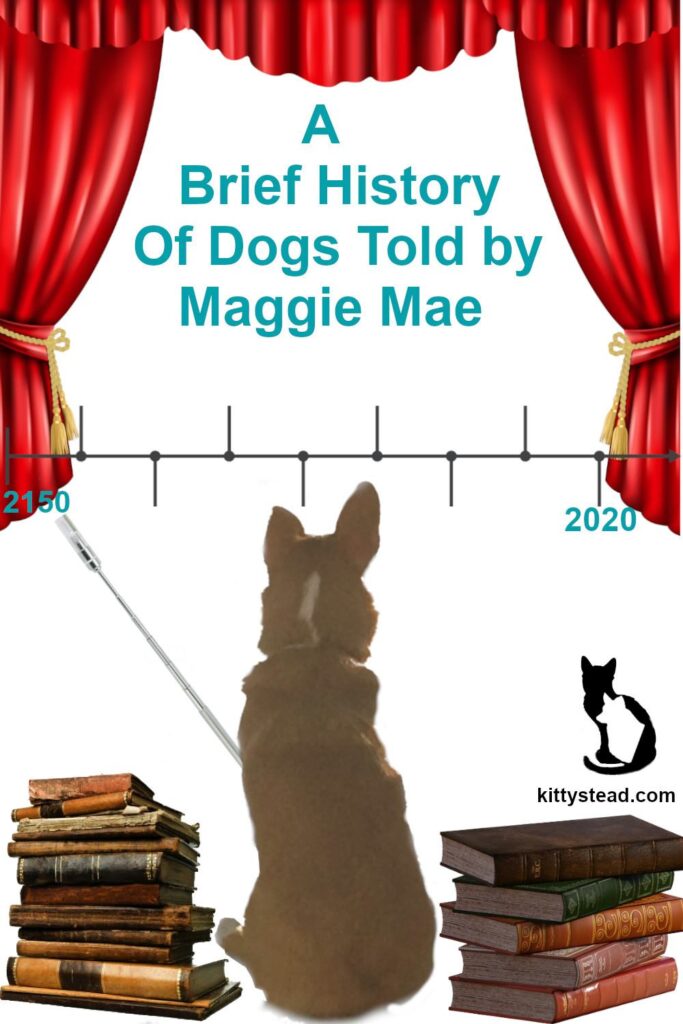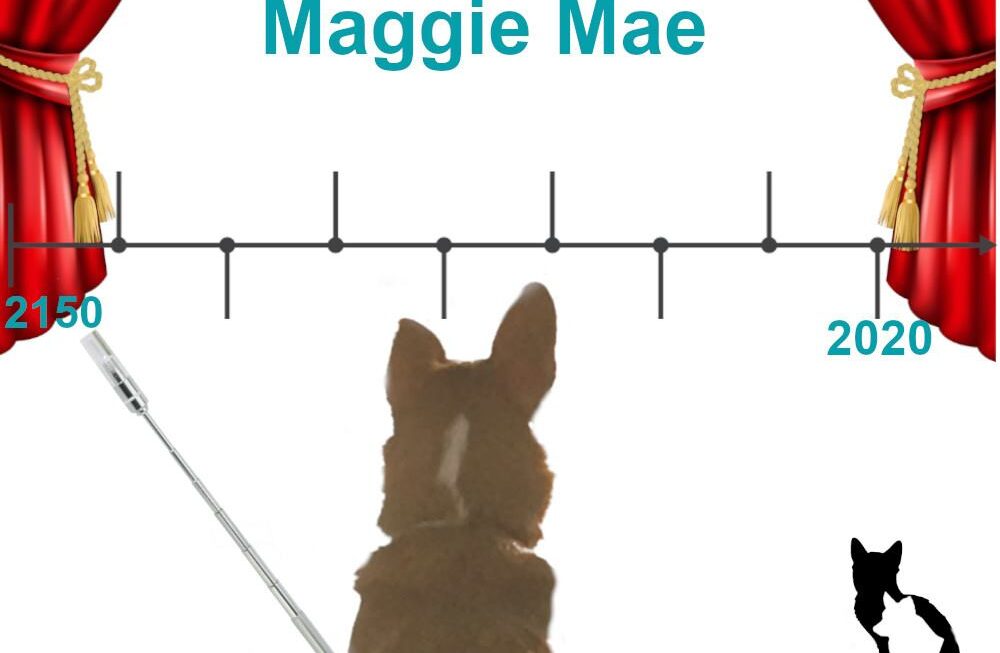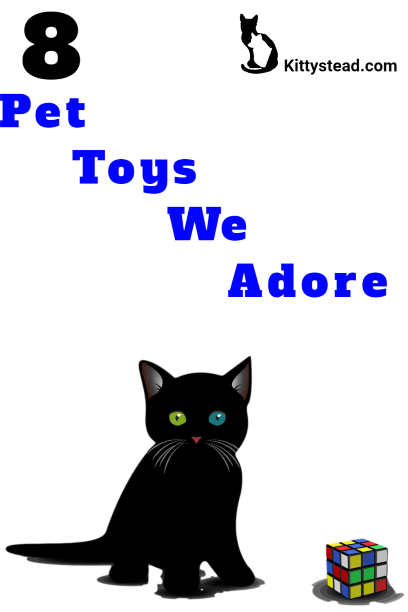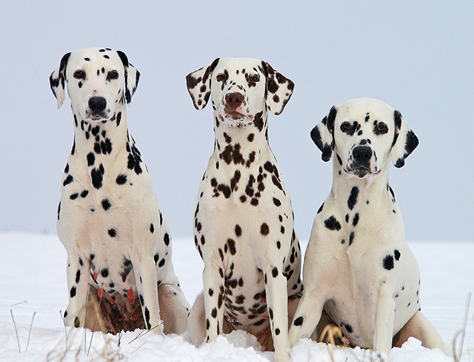Hello everyone. It is I, Maggie Mae, here to grace you with a story of history – history of doggos, that is. The best story EVER & who better to enlighten you about us awesome creatures than me? Previously, my sister, Aria, told you some cat history and I thought to myself, who cares. We know that dogs are better. Take moi for example. I am loyal to a fault and a great worker. My job is to keep my brothers and sisters in line to help my human companions. How did doggos become so great, you ask?
We doggos have been helping for a long time and I do believe we offer more to history than any cat. I mean really. What did they do for us? The cats ate some mice and gave us some superstitions. I mean really, no wonder we are better. ~~~~Watch yourself dog! Aria yells from the other room. ~~~Geez. Cats can be so sensitive sometimes. Okay, so let us begin, but let me warn you, prepare yourself to be amazed.
This post contains affiliate links. We may earn compensation when you click on the links at no additional cost to you.
Doggos have been a part of the history of human beings since before the written word. The ancient temple of Gobekli-Tepe in Turkey, dated to at least 12,000 years BCE, has provided archaeologists with evidence of domesticated dogs in the Middle East corresponding to the earliest evidence of domestication, the Natufian Grave discovered in Ein Mallaha, Israel, in which an old man was buried with a puppy.
In southern France, footprints of a young child walking beside a canine have been preserved in the earth of the Chauvet Cave, dating to 26,000 years ago and a 2008 study concluded that dogs were domesticated in Europe between 18,000-32,000 years ago with the oldest dog’s remains in the world found thus far dated to 31,700 years ago. This Paleolithic dog most resembled a Siberian Husky. The findings of the 2008 study are challenged by dog remains found in the Goyet Caves of Belgium which date to 36,500 years ago.
So it is safe to say that our origins are a bit mysterious ~~~I’d say more like filled with gaps. Aria says chuckling. ~~ OMG! Go over there somewhere. I did not interrupt you with your little story. Now then, as I was saying. Yes, we doggos have some small gaps and have yet to pinpoint the first dog, but granted, it would be hard to tell because the first dogs would be more wolf.
In the oldest story from the Near East, The Epic of Gilgamesh from ancient Mesopotamia (dated to 2150-1400 BCE), doggos appear in an elevated role as the companions of one of the most popular goddesses of the region. The goddess Innana (Ishtar) travels with seven prized hunting dogs in collar and leash. Although Egypt is credited with the invention of the dog collar, it most likely developed in Sumer.
It can be assumed the development of the dog collar was suggested shortly after dogs were domesticated which happened in Mesopotamia prior to Egypt. A golden pendant of a doggo was found at the Sumerian city of Uruk dated to 3300 BCE and a cylinder seal from Nineveh (dated c. 3000 BCE). The dog pendant wears a wide collar; evidence of the dog collar in use at that time.
Doggos are depicted in Mesopotamian art as hunters but also as companions. Dogs were kept in the home and were treated in much the same way by caring families as they are today. Us doggos protected the home and were carried for personal protection. The famous Nimrud Doggos, clay figurines of canines found in the city of Kalhu, were buried under or beside the threshold of buildings for their protective power. Five other doggos statuettes were recovered from the ruins of Nineveh and inscriptions relate how these figurines were imbued with the power of the doggo (not a cat) to protect against danger.
Doggos remained valued companions even as ancient civilizations rose around the world. Aside from being faithful companions, doggos became important cultural figures. The Chinese have always placed great importance on doggos, the first animals they domesticated. As gifts from heaven, doggos were thought to have sacred blood, so canine blood was essential in oaths and allegiances.
Doggos were also sacrificed to prevent bad luck and keep disease at bay. Furthermore, doggo amulets were carved from jade and worn for personal protection. In Ancient Greece, doggos were highly regarded as protectors and hunters as well. The Greeks invented the spiked collar to protect their dogs’ necks from predators. The ancient Greek school of philosophy Cynicism derives its name from kunikos, which means ‘dog-like’ in Greek. Four types of dogs can be distinguished from Greek writings and art: the Laconian (a hound used for hunting deer and hares), Molossian, the Cretan (most likely a cross between the Laconian and Molossian), and the Melitan, a small, long-haired lap doggo. I have to be honest here. All us doggos are lap doggos in our heart.
This post contains affiliate links. We may earn compensation when you click on the links at no additional cost to you.
Furthermore, Ancient Roman law mentions doggos as guardians of the home and flock, and it prized canines over other pets such as cats. Are you paying attention, Aria? Doggos were also thought to provide protection against supernatural threats; a doggo barking at thin air is said to be warning its owners of the presence of spirits. And like in China and Greece, the Mayans and Aztecs also associated dogs with divinity, and they used canines in religious rituals and ceremonies. For these cultures, doggos served as guides for deceased souls in the afterlife and deserved to be respected in the same way as elders.
Now there is a lot more history to go over, but I am told this has to be a brief history lesson. So, as such, we will move on to how it was we became different breeds. Humans have been selectively breeding dogs to emphasize favorable characteristics like size, herding abilities, and strong scent detection for many years. Hunter-gatherers, for instance, chose wolf puppers that displayed reduced aggression towards people. With the dawn of agriculture came herding and guard doggos who were bred to protect farms and flocks and capable of digesting a starchy diet.
Distinct doggo breeds did not appear to have been identified until 3,000 to 4,000 years ago, but the majority of the pupper types we have today had been established by the Roman period. Understandably, the oldest doggos were most likely working dogs that used to hunt, herd, and guard. Doggos were interbred to enhance speed and strength and enhance senses like sight and hearing.
Sighthounds like the Saluki had heightened hearing or a sharper sight that allowed them to track down and chase prey. Mastiff-type dogs were valued for their large, muscular bodies, which made them better hunters and guardians. Although the Mastiff size is really large, they are complete babies to their humans. Artificial selection throughout the millennia greatly diversified the world’s population of dogs and resulted in the development of various doggo breeds, with each breed sharing uniform observable traits such as size and behavior. Take my breed for instance. We came around the 9th or tenth century and are most likely a cross from a Swedish Vallhund and Welsh doggos to make, and I don’t say this lightly, the best breed there is…mine, the Pembroke Welsh Corgi. Our specific Corgi talents were created because humans needed a herder that the animals could not kick, and we excelled at that task which made us popular with ranchers.
The Fédération Cynologique Internationale, or also known as World Canine Organization, currently recognizes over 300 distinct, registered dog breeds and classifies these breeds into 10 groups, such as sheepdogs and cattle dogs, terriers, companion and toy dogs.
On June 28, 1859, the world’s first official dog show was held in the town of Newcastle upon Tyne, northeast England. The Newcastle show limited breeds to only pointers and setters, but a second show held in Birmingham five months later also allowed spaniels. Back then the dogs competing were hardly purebreds, and the owners themselves had little conception of breed standards. By 1887 a number of exemplary types of each breed were picked and set as the standard for the rest. As a newspaper report from that year read, “If mistakes had been made in those days dog shows and dog breeding might have collapsed. But in the main the judgment bestowed upon dogs has been correct, and if types and the nicety of points have altered in some breeds more than others, the correct lines and true characters of class have been wonderfully preserved.”
Doggos and humans continue to share a unique bond today. Doggos have evolved, like we always do, to meet humans’ specific needs and fill an indispensable role in society. Regardless if it is a companion role, or a service dog, to a military/cop doggo we arise and answer the call. We doggos don’t really have any dark moments in history like cats but some breeds currently have bad reputations but I figured that should not fall on the doggo history. It is just their current situation.
This post contains affiliate links. We may earn compensation when you click on the links at no additional cost to you.
I hope you enjoyed today’s blog. Please be sure to sign up for Kittystead’s newsletter for tips, tricks, and more to come here at Kittystead.







